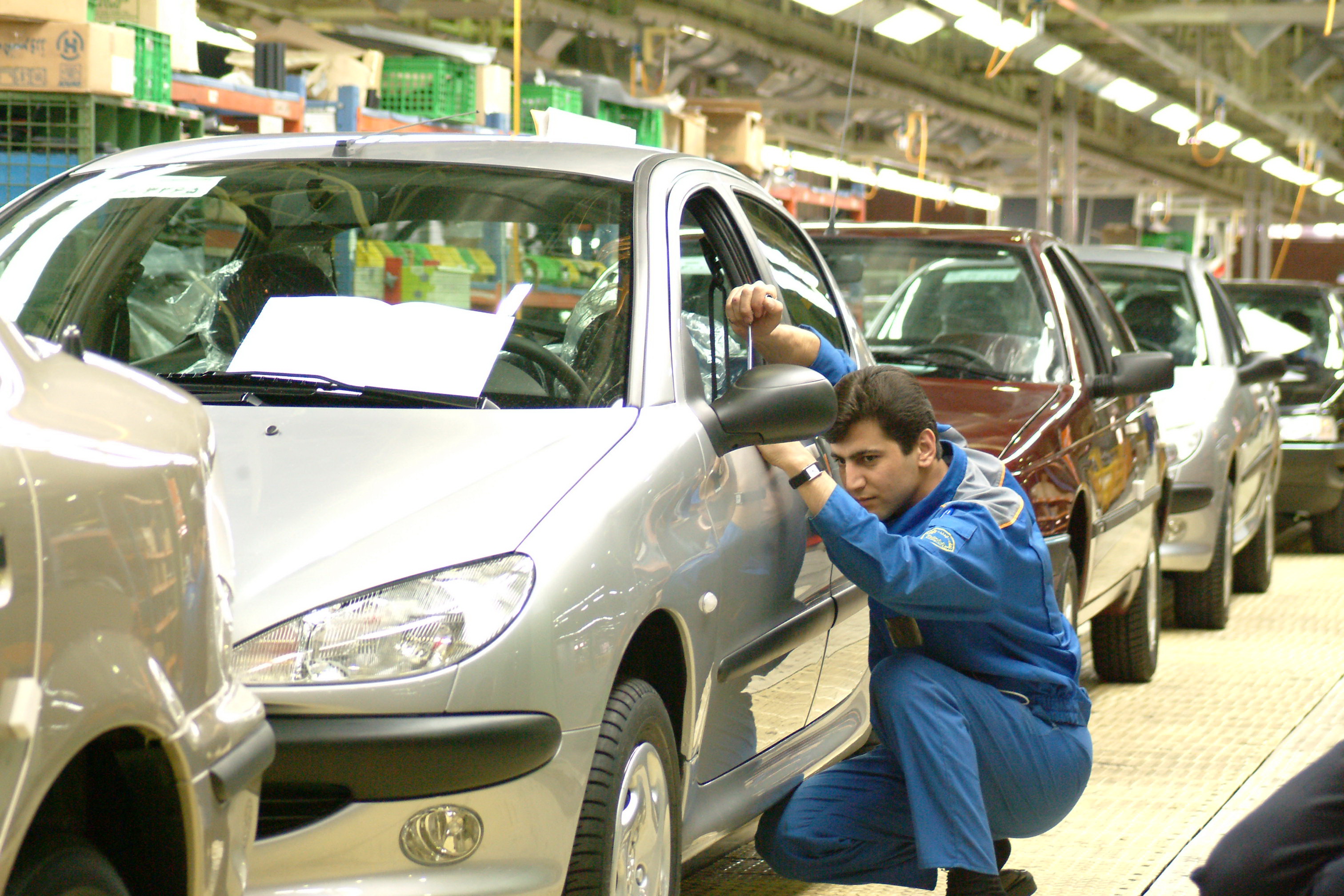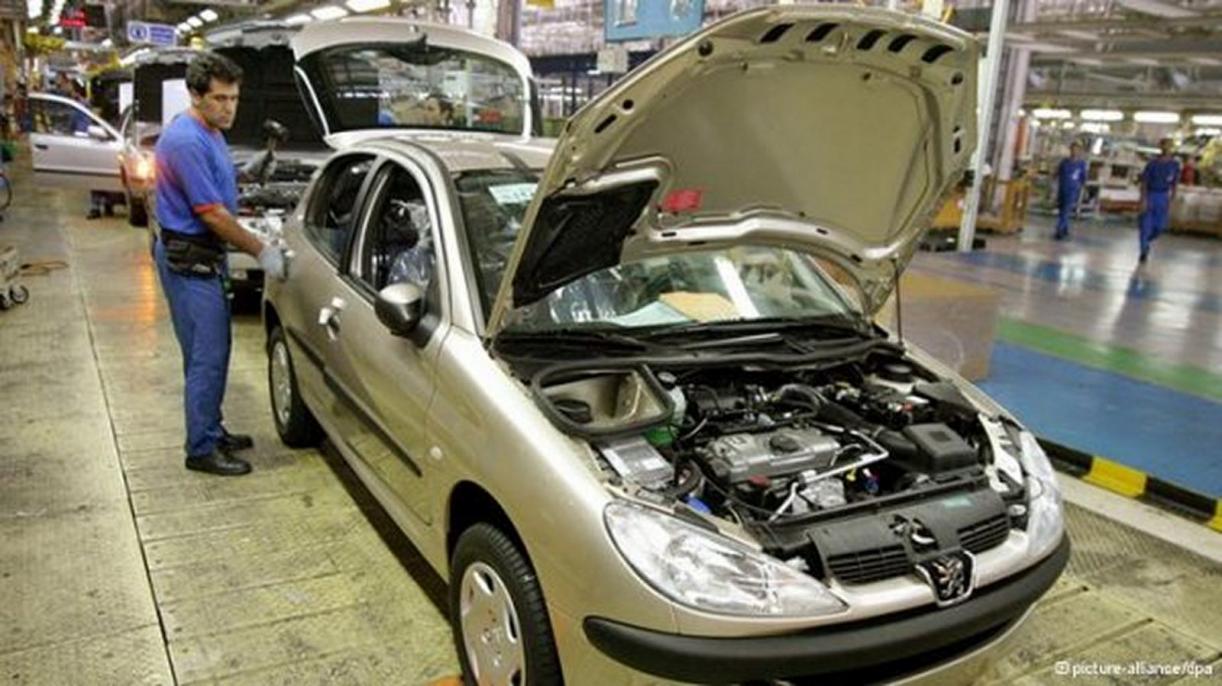بیزینس مانیتور
صنعت خودرو در ایران - سه ماهه دوم 2014
BMI Industry View
The medium-term outlook for Iranian auto production remains cautiously optimistic, reflecting the temporary deal reached between the US and major powers over the future of its nuclear programme in November 2013. BMI's Country Risk team's core view remains that talks will continue over the coming years, with the potential for a long-term agreement to be found, although we cannot preclude a breakdown in talks over the coming quarters, which could unleash a Western military response. Over the very near term, there is the chance that the six-month interim arrangement agreed in November 2013, which expires on July 20 2014, could be extended by an additional six months should both parties agree.

Data reported by Iran's IRNA news agency in January 2014 suggest that there is cause to be less bearish in our estimate for 2013 full-year vehicle production. For the first 10 months of the Iranian calendar year, ending March 21 2014, the industry produced 576,663 units, down 10.5% from the previous year.We consequently believe there is good reason to upgrade our production estimate for 2013, while the return of French carmaker Renault, and the potential for others to follow suit, creates significant upside potential for at least the early part of 2014. This supports our forecast for a return to positive production growth of at least 10% for passenger cars in 2014, although this will be subject to revision based on sanction developments.
Based on a poor first half of 2013 and perceived ongoing headwinds, we had previously projected a 50% decline in vehicle output for the calendar year 2013 (January to December), as based on OICA reporting periods. We believe that the moderation in the output contraction over the Iranian year so far can be attributed to the return of some models to the country's line-up as national manufacturers source domestically produced parts, as well as the ramping up of production of the 'national cars', such as Iran Khodro Company's (IKCO) Runna. As such, we have upgraded our output estimate for 2013 to a 28% contraction.
Looking ahead, the temporary deal reached with the P5+1 group to ease sanctions on the country provides the opportunity for a number of international carmakers to return to the market and restore at least some lost output. With the initial deal in place for just six months, while a more long-term solution is negotiated, we would expect the most significant uptick to be in the early part of the year until we know more regarding the future beyond the six-month period.
Early signs are promising, as Renault has already recommenced shipments of parts for its Tondar model for assembly in the country. At present the shipments are 'very low' in numbers, according to Renault's head of Asia Pacific (including the Middle East), Gilles Normand. However, it is a step towards normalising operations in the country. Fellow French carmaker PSA Peugeot Citroen has also signalled its intent to return.Looking forward, although it is still unknown how long these companies will be able to remain operational in the country, we would expect them to make the most of their time, eventually ramping up output in what Normand called 'a window of opportunity for the next six months'. There is potential for other carmakers which previously had operations in the country to return, as Kia Motors, which had a tie-up with Saipa, is also reportedly monitoring the situation.

In a further encouraging development, in December 2013 it was reported that more than US$1bn in foreign direct investment has been approved for Iran's automotive manufacturing industry, according to the head of the Organisation for Investment, Economic and Technical Assistance of Iran, Behrouz Alishiri. Some US $300mn has already been invested. The government wants to turn Iran into an automobile production hub by extending legal support and special privileges to overseas investors. Alishiri says the government will provide a long-term plan to the Iranian automobile sector to help find reliable foreign investors.In 2013, local car producer Saipa remained the dominant player on the Iranian new car sales market, selling 237,724 units, according to figures on the Focus2Move website. This equated to a market share of nearly 40%. Saipa manufactures Iran's most popular car, the Pride.
In second place is French carmaker Peugeot, on 181,051 units (30% share), followed by Iran Khodro Company on 102,051 (17%).In fourth and fifth place were Renault (45,221; 7.5%) and Chinese automaker Chery (23,610; 3.9%)
The medium-term outlook for Iranian auto production remains cautiously optimistic, reflecting the temporary deal reached between the US and major powers over the future of its nuclear programme in November 2013. BMI's Country Risk team's core view remains that talks will continue over the coming years, with the potential for a long-term agreement to be found, although we cannot preclude a breakdown in talks over the coming quarters, which could unleash a Western military response. Over the very near term, there is the chance that the six-month interim arrangement agreed in November 2013, which expires on July 20 2014, could be extended by an additional six months should both parties agree.

Data reported by Iran's IRNA news agency in January 2014 suggest that there is cause to be less bearish in our estimate for 2013 full-year vehicle production. For the first 10 months of the Iranian calendar year, ending March 21 2014, the industry produced 576,663 units, down 10.5% from the previous year.We consequently believe there is good reason to upgrade our production estimate for 2013, while the return of French carmaker Renault, and the potential for others to follow suit, creates significant upside potential for at least the early part of 2014. This supports our forecast for a return to positive production growth of at least 10% for passenger cars in 2014, although this will be subject to revision based on sanction developments.
Based on a poor first half of 2013 and perceived ongoing headwinds, we had previously projected a 50% decline in vehicle output for the calendar year 2013 (January to December), as based on OICA reporting periods. We believe that the moderation in the output contraction over the Iranian year so far can be attributed to the return of some models to the country's line-up as national manufacturers source domestically produced parts, as well as the ramping up of production of the 'national cars', such as Iran Khodro Company's (IKCO) Runna. As such, we have upgraded our output estimate for 2013 to a 28% contraction.
Looking ahead, the temporary deal reached with the P5+1 group to ease sanctions on the country provides the opportunity for a number of international carmakers to return to the market and restore at least some lost output. With the initial deal in place for just six months, while a more long-term solution is negotiated, we would expect the most significant uptick to be in the early part of the year until we know more regarding the future beyond the six-month period.
Early signs are promising, as Renault has already recommenced shipments of parts for its Tondar model for assembly in the country. At present the shipments are 'very low' in numbers, according to Renault's head of Asia Pacific (including the Middle East), Gilles Normand. However, it is a step towards normalising operations in the country. Fellow French carmaker PSA Peugeot Citroen has also signalled its intent to return.Looking forward, although it is still unknown how long these companies will be able to remain operational in the country, we would expect them to make the most of their time, eventually ramping up output in what Normand called 'a window of opportunity for the next six months'. There is potential for other carmakers which previously had operations in the country to return, as Kia Motors, which had a tie-up with Saipa, is also reportedly monitoring the situation.

In a further encouraging development, in December 2013 it was reported that more than US$1bn in foreign direct investment has been approved for Iran's automotive manufacturing industry, according to the head of the Organisation for Investment, Economic and Technical Assistance of Iran, Behrouz Alishiri. Some US $300mn has already been invested. The government wants to turn Iran into an automobile production hub by extending legal support and special privileges to overseas investors. Alishiri says the government will provide a long-term plan to the Iranian automobile sector to help find reliable foreign investors.In 2013, local car producer Saipa remained the dominant player on the Iranian new car sales market, selling 237,724 units, according to figures on the Focus2Move website. This equated to a market share of nearly 40%. Saipa manufactures Iran's most popular car, the Pride.
In second place is French carmaker Peugeot, on 181,051 units (30% share), followed by Iran Khodro Company on 102,051 (17%).In fourth and fifth place were Renault (45,221; 7.5%) and Chinese automaker Chery (23,610; 3.9%)
مطالب مرتبط

